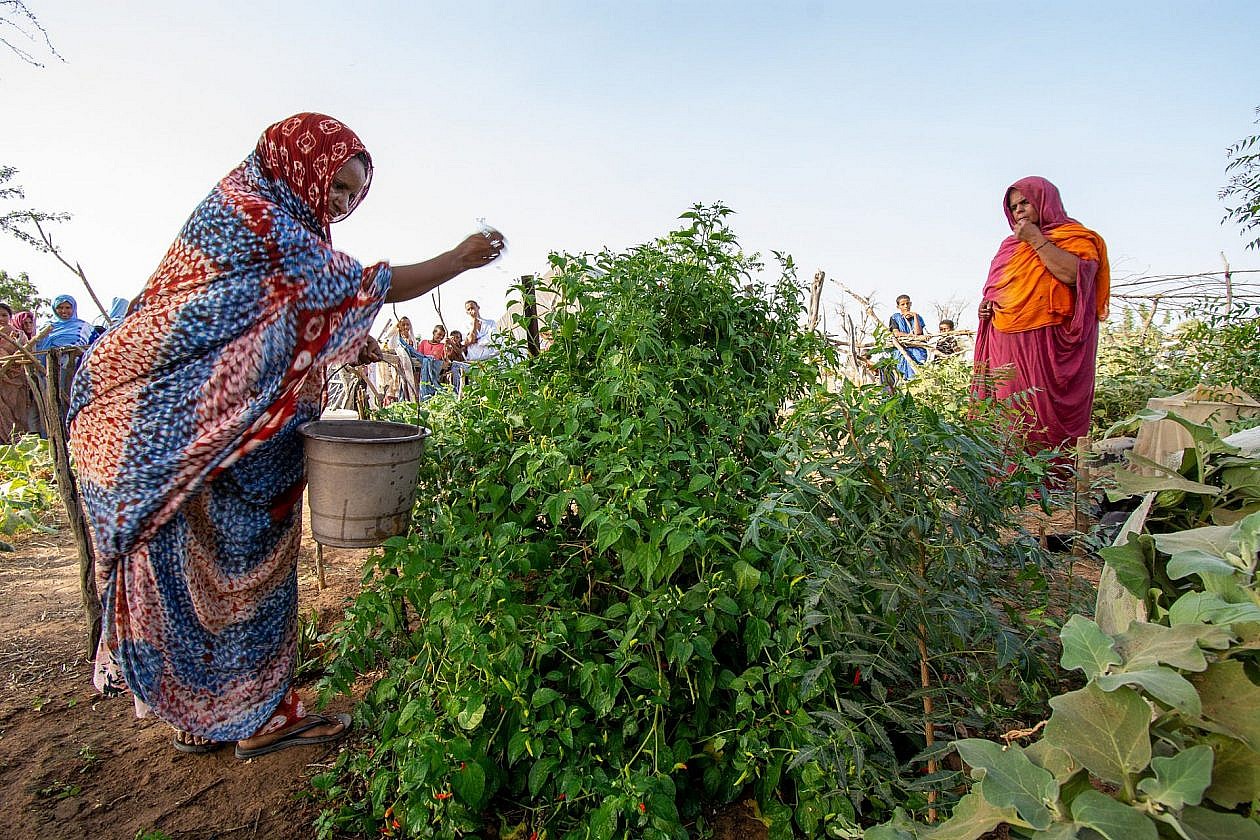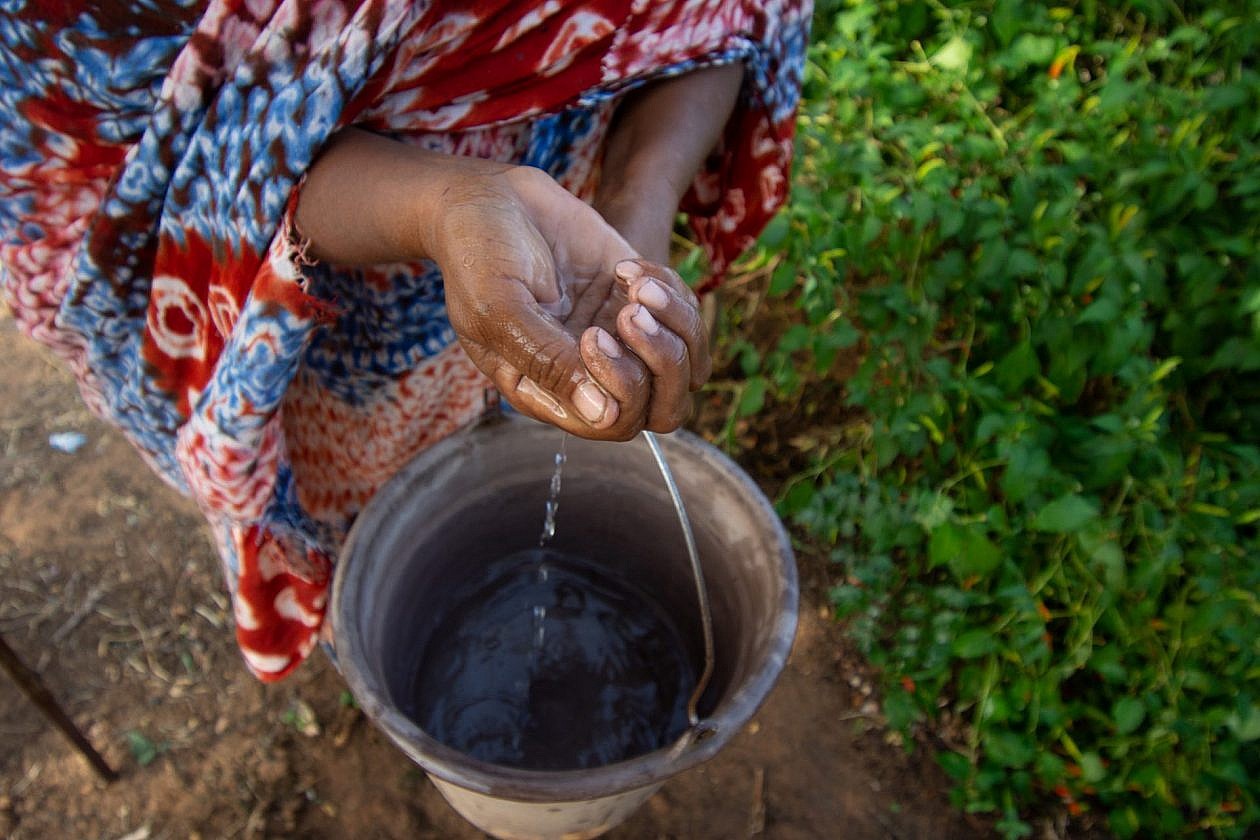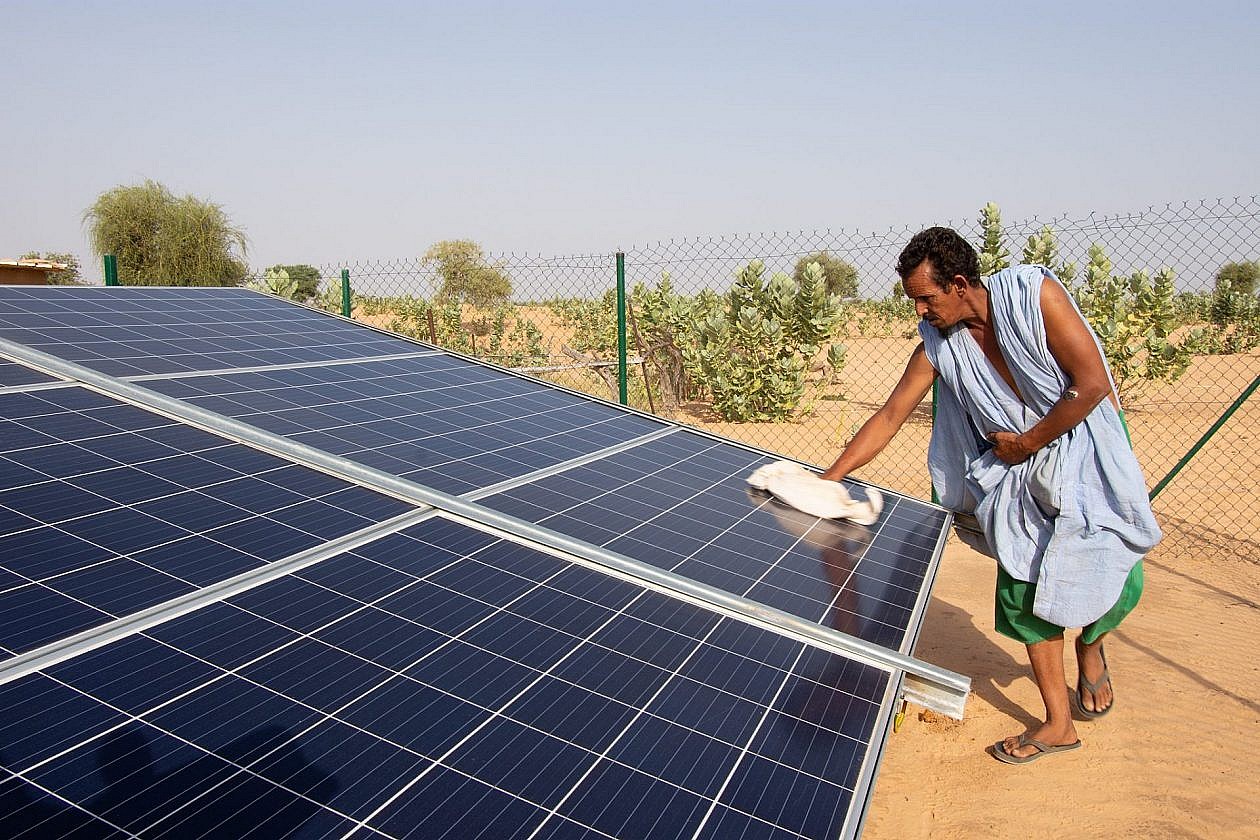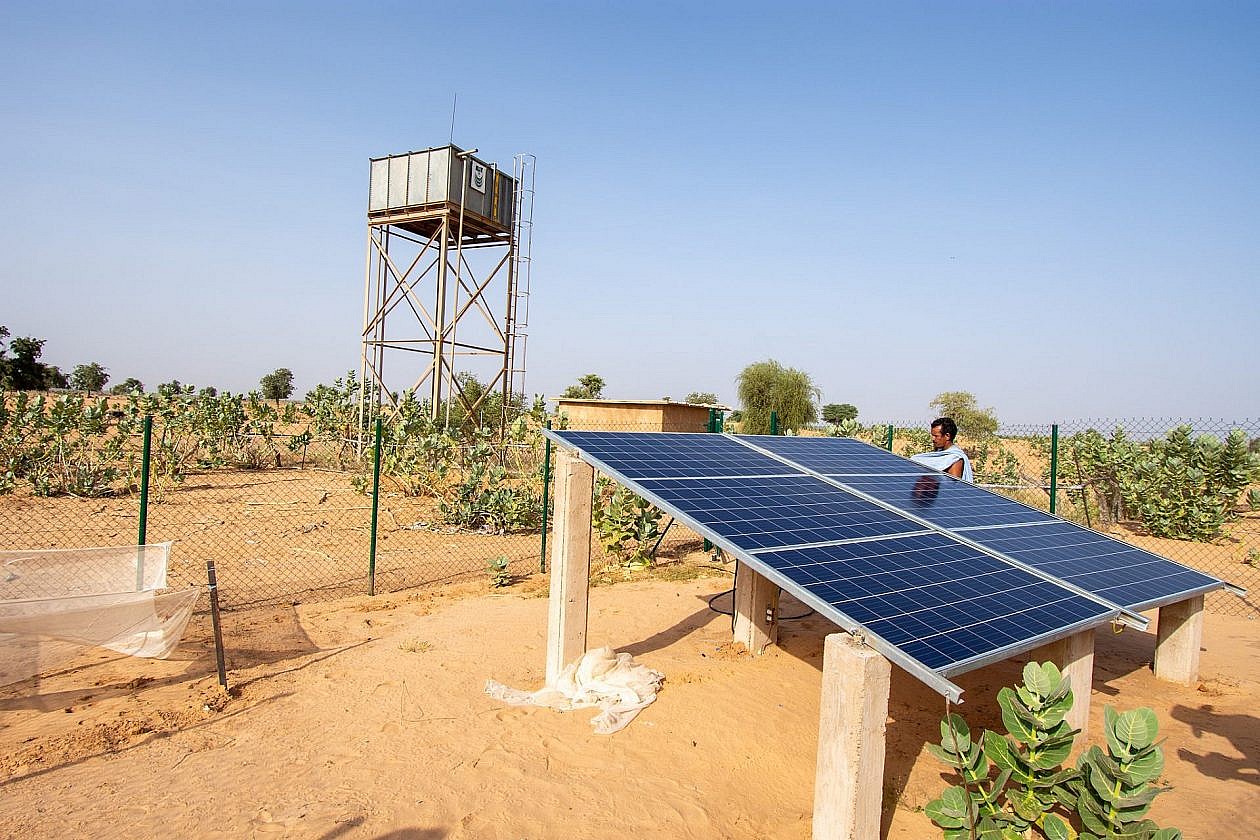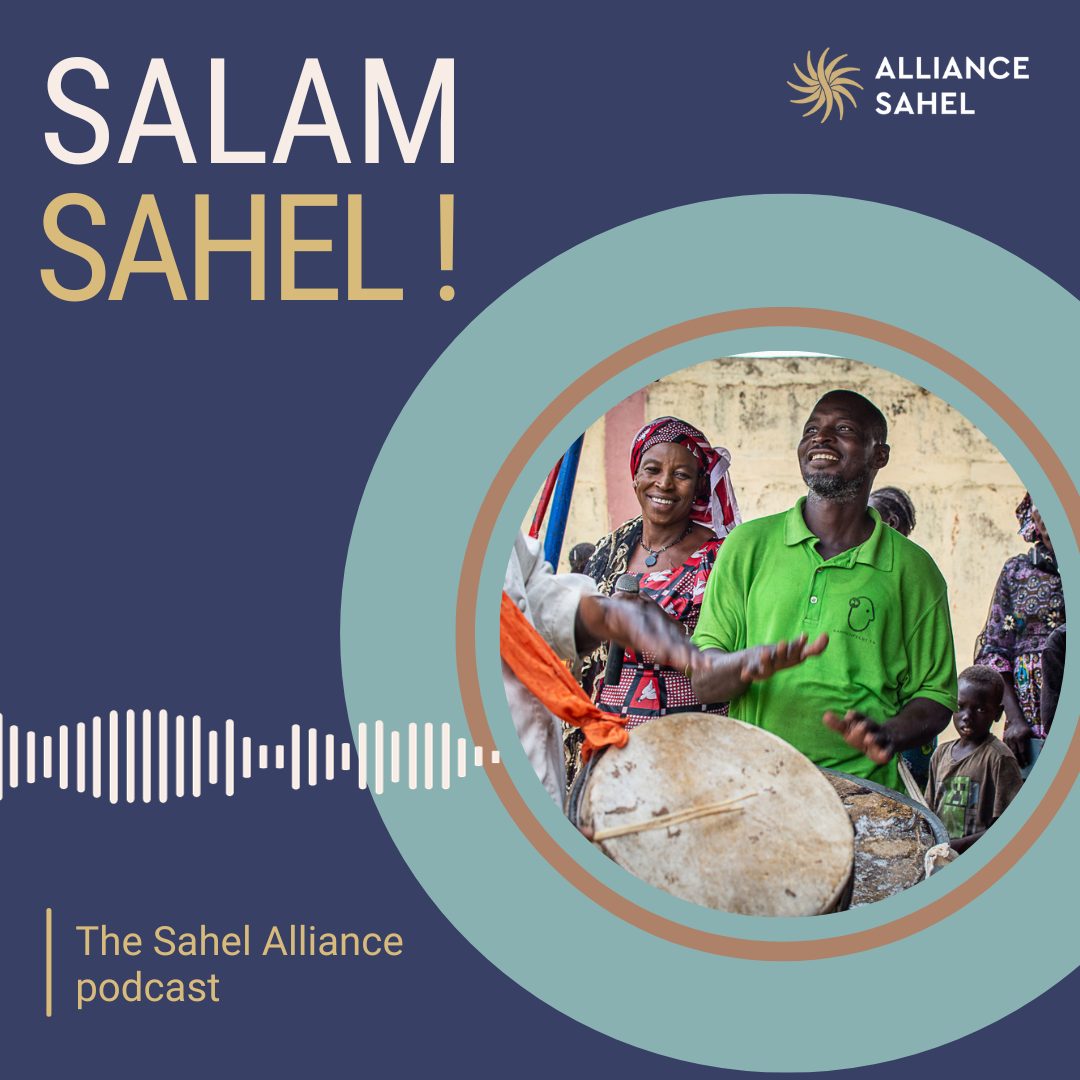“Developing the solar potential of regions such as the Sahel is becoming an absolute necessity”
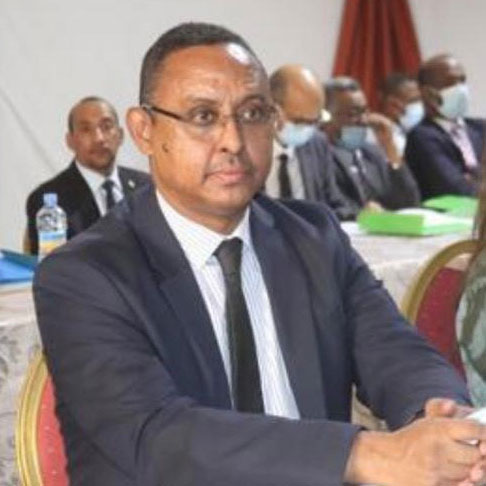
Lavdal Ould Dadde, a hydraulic engineer by training and Director of Hydraulics at the Central Directorate of the Ministry of Hydraulics and Sanitation, answers Alliance Sahel’s questions on the potential and challenges in Mauritania’s water and sanitation sector.
What are the main challenges in terms of access to drinking water and sanitation in Mauritania?
Concerning drinking water in Mauritania, there are a multitude of challenges on a daily basis.
The main challenge resides in the fact that there are still many communities where water is scarce and where there are no continual water sources in the subsoil. Moreover, even if the flow is tapped, the water is brackish, so desalination units would have to be installed, which would be very costly and would represent a substantial investment for all the communities.
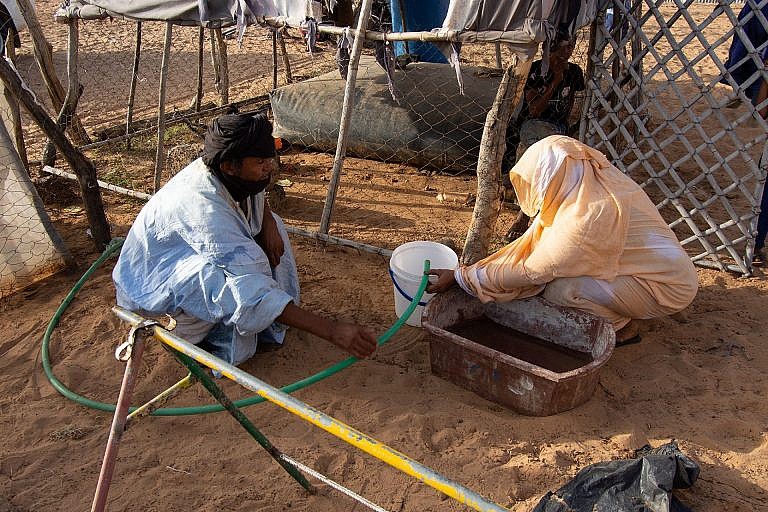
More generally, Mauritania is geographically part of the Sahelo-Sahelian band of countries, where the scarcity of rainfall is very high: pockets of water are rarely fed, which contributes to the drought. In some localities, the bevels are completely dry.
As regards water sanitation, the challenge is particularly acute in the large cities, in what is called collective sanitation. There is a sanitation network that covers part of Nouakchott, but the financial stakes are enormous for sanitation in the major centres, so there is a great risk of delay.
We are also witnessing a horizontal development of the city, with an urban extension, which must be closely monitored, as it can pose a problem for water sanitation. A Master Plan has already been developed, but unfortunately it suffers from lack of funding. For the city of Nouakchott alone, this would mean investing 400 million ouguiyas.
What are Mauritania’s potentials and assets in terms of water resources?
Mauritania as a whole mobilises 600 million cubic meters of water for various purposes: agriculture, mining, water supply, etc. It is important to note that pratically 3/4 of that water are used for agriculture. Half of this hydric mass is extracted from the river (livestock watering, agriculture, etc.)
1/4 of the water is underground and 1/4 is found in dam areas, such as Voum El Gleïta.
We have both groundwater and surface water resources in Mauritania. We also have seawater desalination units, which can produce up to 5,000 cubic metres per day, which will then be used for consumption at the city’s water tower. Nouakchott, which draws its water mainly from the river and the Idini area, is waiting for funding for a water desalination unit capable of processing 200,000 cubic metres per day, which would be revolutionary for the city.
There are also alternatives for meeting the needs of the population, especially in terms of surface, ground and sea water, through the hydraulic mix. This is a technique used to diversify the sources of water supply and increase access to drinking water in a way that suits the needs and means of the Mauritanian population. Ensuring the continuous pumping of water from the river and the Voum El Gleïta dam would also help to alleviate the water shortage.
Also, it is critical to consider diversifying energy sources, and therefore to use the mixed energy technique (solar, thermal and electric), particularly in remote areas. There is no need for thermal energy in remote areas, as there will always be a fuel problem, whereas solar energy would be on every day. Finally, in case of breakdown, there will always be the possibility of setting up a generator with water availability.
Have you observed any innovative and noteworthy practices in your country to improve access to drinking water and sanitation?
In terms of drinking water, Mauritania has responded well to the local context, notwithstanding some very landlocked localities.
Solar energy is the great breakthrough. It works wonders and provides a great deal of satisfaction for the country, as it reduces the need for polluting and extremely expensive generators and reduces carbon emissions.
I recommend solar energy, especially for Sahelian countries, as it is absolutely essential to harness the potential of the available sun in the regions where it abounds.
On sanitation: Using the Community-Led Total Sanitation (CLTS) approach produces significant results at the rural level.
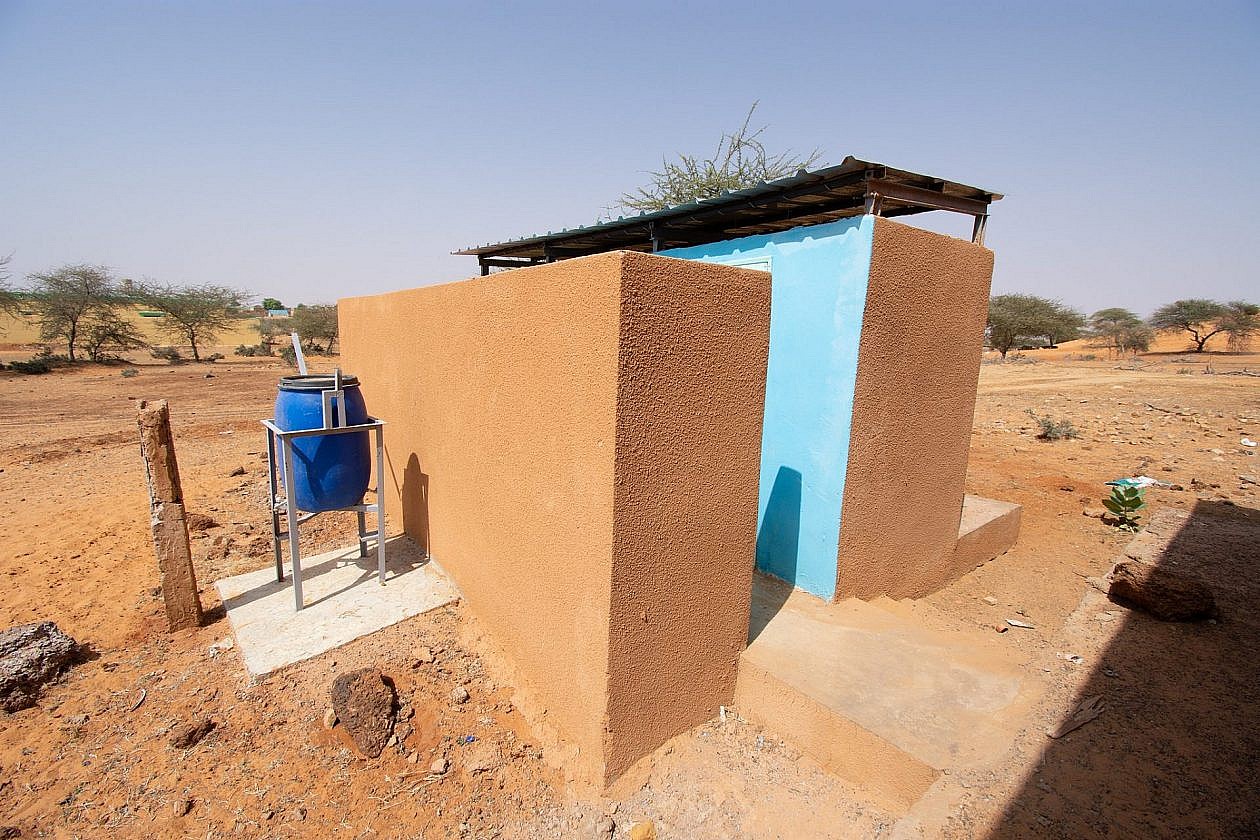
For example, entire localities do not yet have latrines. However, relieving oneself in the open air is extremely serious and is synonymous with pollution and disease. This CLTS approach begins with a change in behaviour and involves raising awareness on the disadvantages and risks linked with lack of sanitation and hygiene.
One of the solutions is therefore to build latrines in order to prevent the proliferation of bacteria. The challenge is to obtain subsidies, in particular to ensure the training of masons capable of properly building latrines, and for awareness-raising activities (this works very well because households ultimately take ownership of it and build latrines themselves). For example, the small town of Efdal is devoid of any open defecation.
Interview by Raissa Chaitou. Editorial coordination: Nina Perruchet

